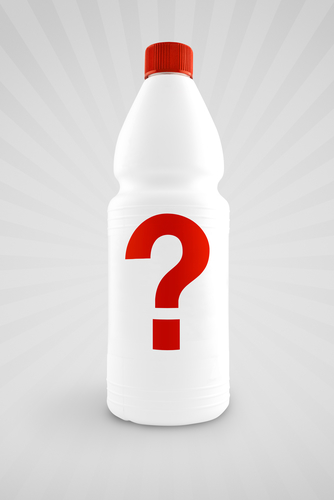
Before choosing materials and design for your custom adhesive labels, it may useful to know the terminology and makeup of labels so that you can make the best decision for your product. The makeup of your product label will determine how well it looks on the packaging, and how it affects consumers upon inspection. It’s important to know what goes into developing custom adhesive labels so that you can decide on what material you should implement, depending on the use of your product.
Laminate or varnish: This is the topmost component of a label. This is the material that shows off gloss or a matte look on top of the ink. It also can be used to help ink further adhere to label material. It serves to protect the label from scratches and wear as well.
Ink: What adds color and image to the label, located right underneath the laminate coating.
Facestock: This is the main ingredient to custom adhesive labels. It is what ink is placed onto, and the material that your label will identify with. The top laminate or varnish coat will go on top of the facestock, and the adhesive will be applied underneath. Options in face stock range from paper to plastic. It is important to decide what type of material or film you want your face stock to be, depending on product use.
Adhesive: This is the material that allows your label to stick to your product. It is applied to the bottom of whatever facestock material you choose to go with. Different adhesives can be chosen, depending on the longevity of life your product holds and what type of temperature your product will be exposed to.
Liner: This is the very bottom component of your label, which will be peeled off prior to adhering the adhesive surface of the label to your product’s packaging. This allows the adhesive to stay sticky right up until the point of application.
Choosing the material of the facestock takes some general knowledge on the uses of different materials in specific industries. For example, if your product has a short lifespan, like with food products, paper is the best solution for facestock. Types of facestock to choose from include:
Paper: This is the most commonly used type of adhesive label. They are great for adhering to cardboard, so they are commonly used in shipping services. However, the paper is flimsy and does not stack up to the elements well. Paper is best used for products with a small shelf life because they will wear after some time. Additionally, they should only be used for inside use.
Polyester: If you are looking for a material that will withstand the elements, chemical exposure, and ultraviolet rays, polyester is the right facestock for your label. Polyester will assure you that your label will outlast anything, even time itself. They are commonly used in working industries like medical, mechanical, automotive, and chemical.
Polypropylene: This material is more heavy-duty than paper, but is not as durable as polyester. It can withstand chemical exposure, elements, and ultraviolet rays to a certain degree, but can eventually be worn down. Polypropylene has the ability to become extremely flexible, so it is perfect for use on small and round objects that have a tendency to come undone. Also, it can be used on products that live or are stored outside.
Vinyl: This material is great for anything because it has the best of all worlds. It stands up to chemical, elemental, and sun exposure well. Also, it is extremely flexible for the smaller and circular packaging options. Vinyl is the thickest of materials that facestock materials offer, and have a very long shelf life.
Polyamide: Similar to polyester, polyamide stands up to everything life throws at it. But, it is specifically designed for use on electronic goods. This is because it has the ability to withstand very high temperatures without melting or skewing shape whatsoever. For example, polyamide is commonly used in adhesive labels located on circuit boards in computers.
If you are ready to discuss your label material options with an expert in the custom adhesive labels industry, please call Blue Ribbon Tag and Label today at (954) 922-9292.


